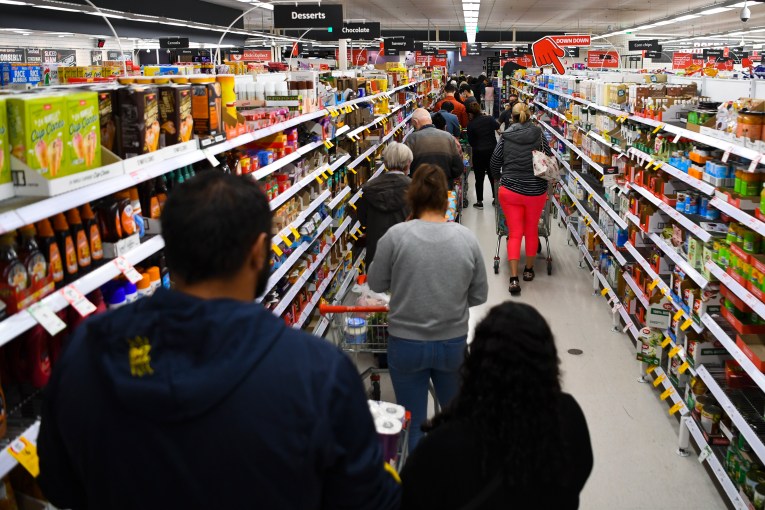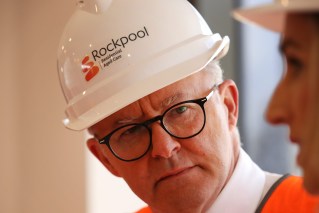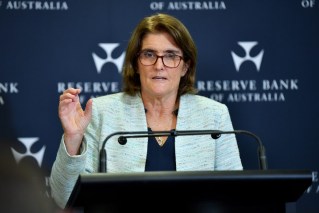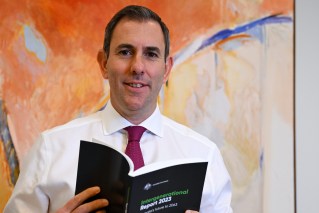Home alone: how single households have helped create a rental crisis
More Australians were living alone and this had led to an extra 100,000 households forming, which had been a factor in the sharply falling vacancy rates and rising rents, according to a Federal Government report.

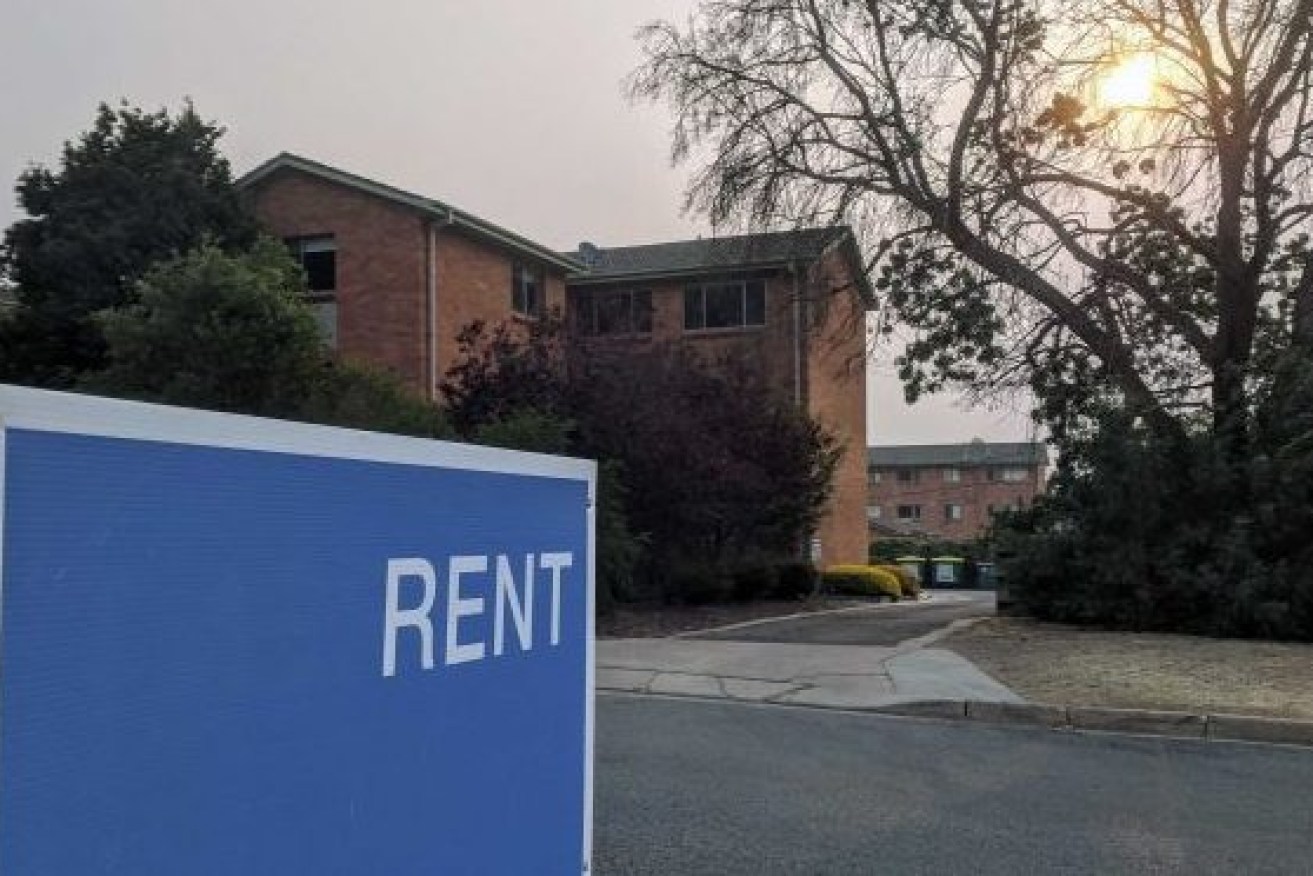
Rents in Brisbane have jumped. (pic: ABC)
The report led the housing industry to claim that the Federal Government would fall well short of its goal of 1 million extra houses over five years.
The National Housing Finance and Investment Corporation produced a report which said rental stress was affecting as many as 800,000 people and south east Queensland was facing the most severe hike in rents with 12 local government areas recording increases of 30 per cent or more.
It estimates that about 377,600 households were in housing need. This was made up of 331,000 in rental stress and 46,500 experiencing homelessness.
“Housing need across the country ranges from 208,200 households in highly acute rental stress to 577,4000 households under less acute rental pressure,” it said.
“From 2023 to 2032, household formation is expected to be dominated by lone person households (563,000 additional households), followed by couples with children (533,000). Within five years, it is expected lone person households will be the fastest growing household type in the country.
“Analysis shows that decreasing household size since mid-2021 led to an additional 341,500 households forming, or around 103,000 in net terms since the beginning of COVID-19.”
The housing crisis that has hit Australia since Covid was not expected to get much better until 2025-26 “on the back of changing macroeconomic conditions and stronger underlying demand”.
It said the low supply of housing, coupled with increased household formation would lead to a supply gap of about 106,000 dwellings over the five years to 2027.
It also expected a shortage of apartments and multi-density dwellings for rent over the medium term.
The level of supply of apartments and townhouses was expected to be 40 per cent lower than the volume in the later part of the last decade.
“The premium for space at home, within ongoing work-from-home arrangements following the pandemic has contributed to reducing the average household size. This has been a factor in sharply falling vacancy rates,” the report said.
The report said builders were now making cost allowances of up to 40 per cent because of delays in materials. This was about double the normal provisioning.
The Housing Industry Association said over the decade there would be a 79,300 shortfall in the supply of new homes.
“This will see the acute rental shortage worsening and unnecessarily high increases in home prices,” HIA economist Tim Reardon said.
It coincided with a report from CoreLogic showing that Brisbane house prices increased slightly in March. Brisbane prices were up 0.1 per cent and regional Queensland 0.3 per cent.
For the past 12 months Brisbane prices have fallen 8.6 per cent and regional Queensland 4.6 per cent.
CoreLogic said it was wary of calling a trough in the cycle.
